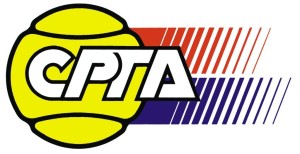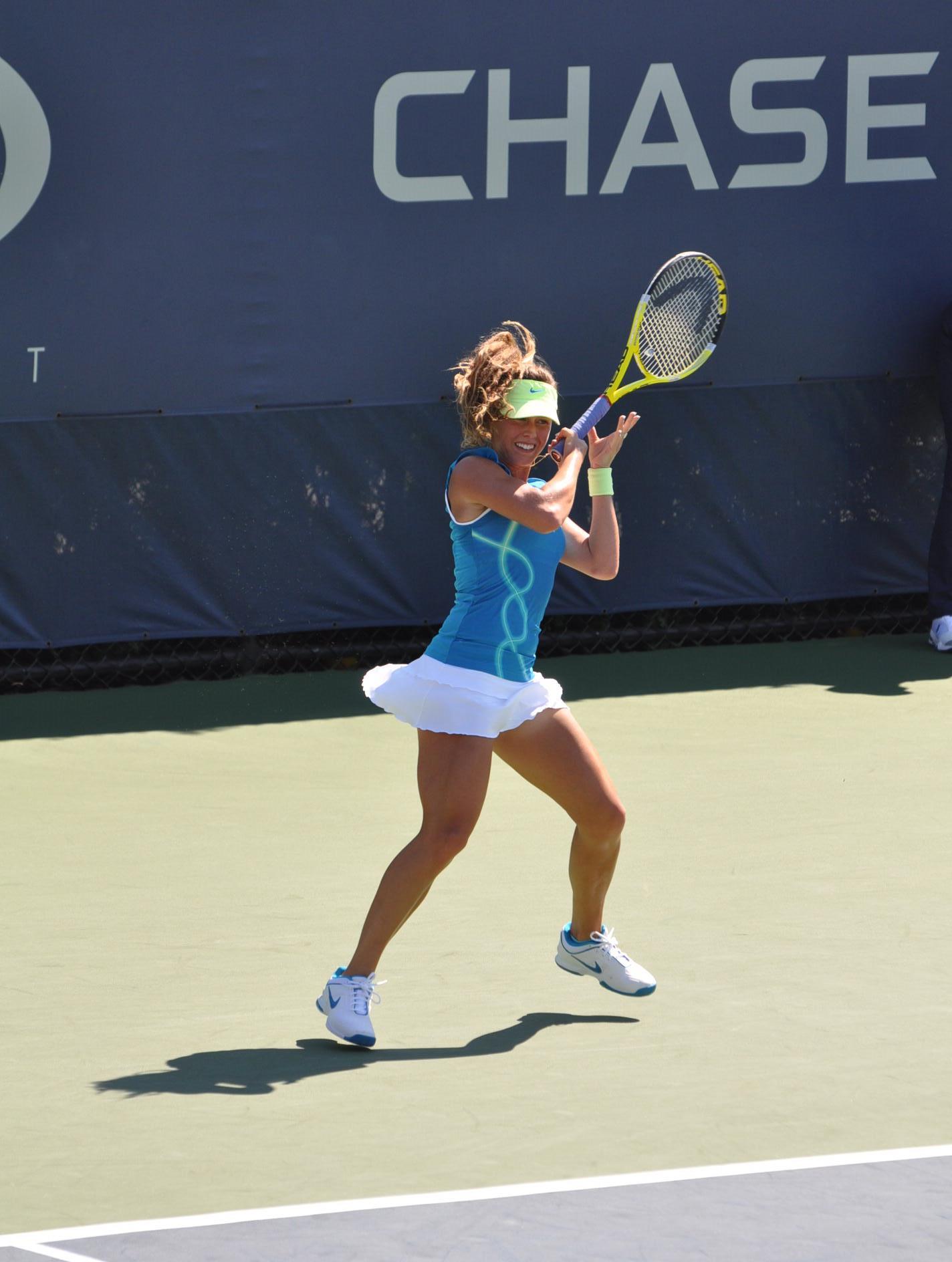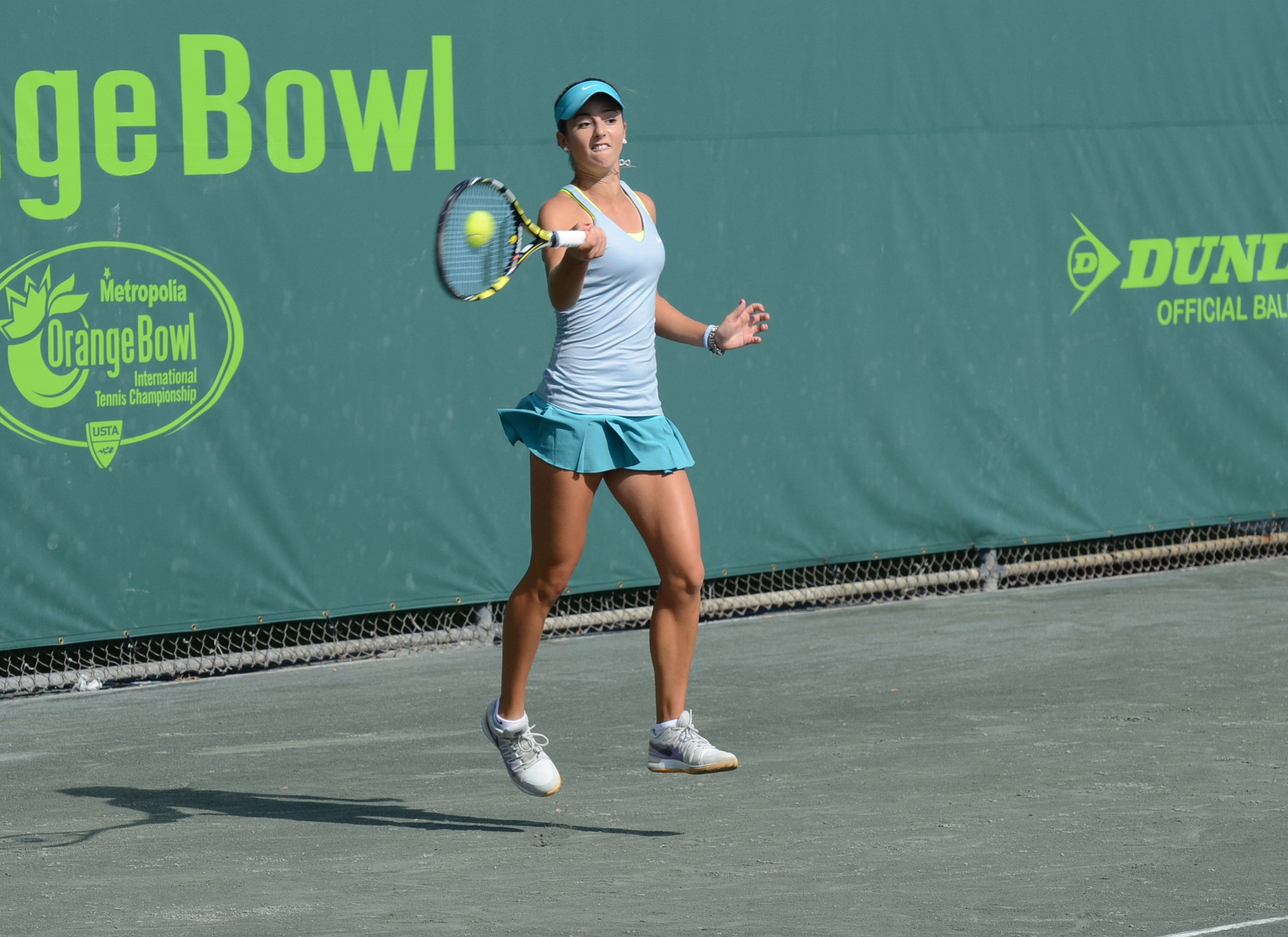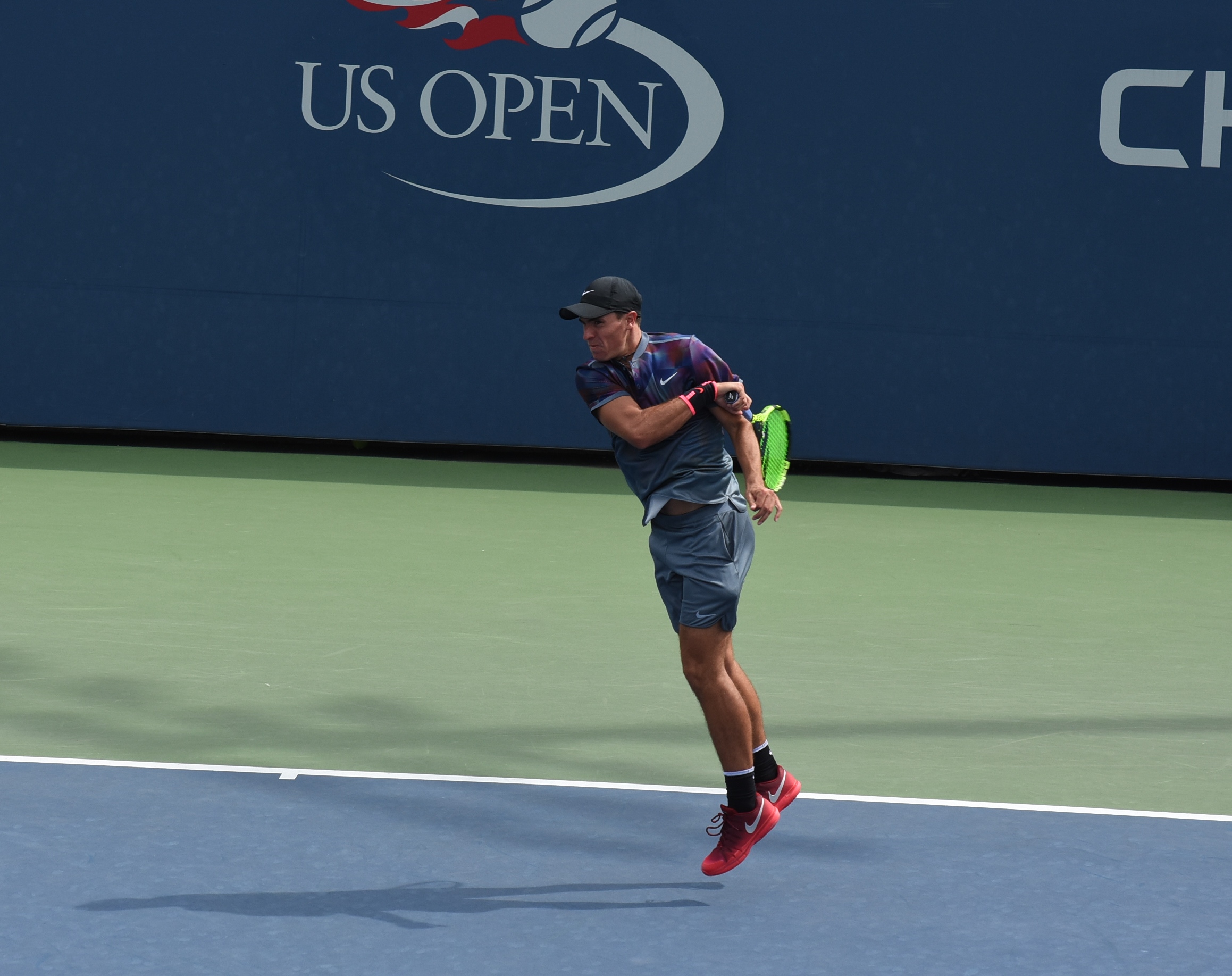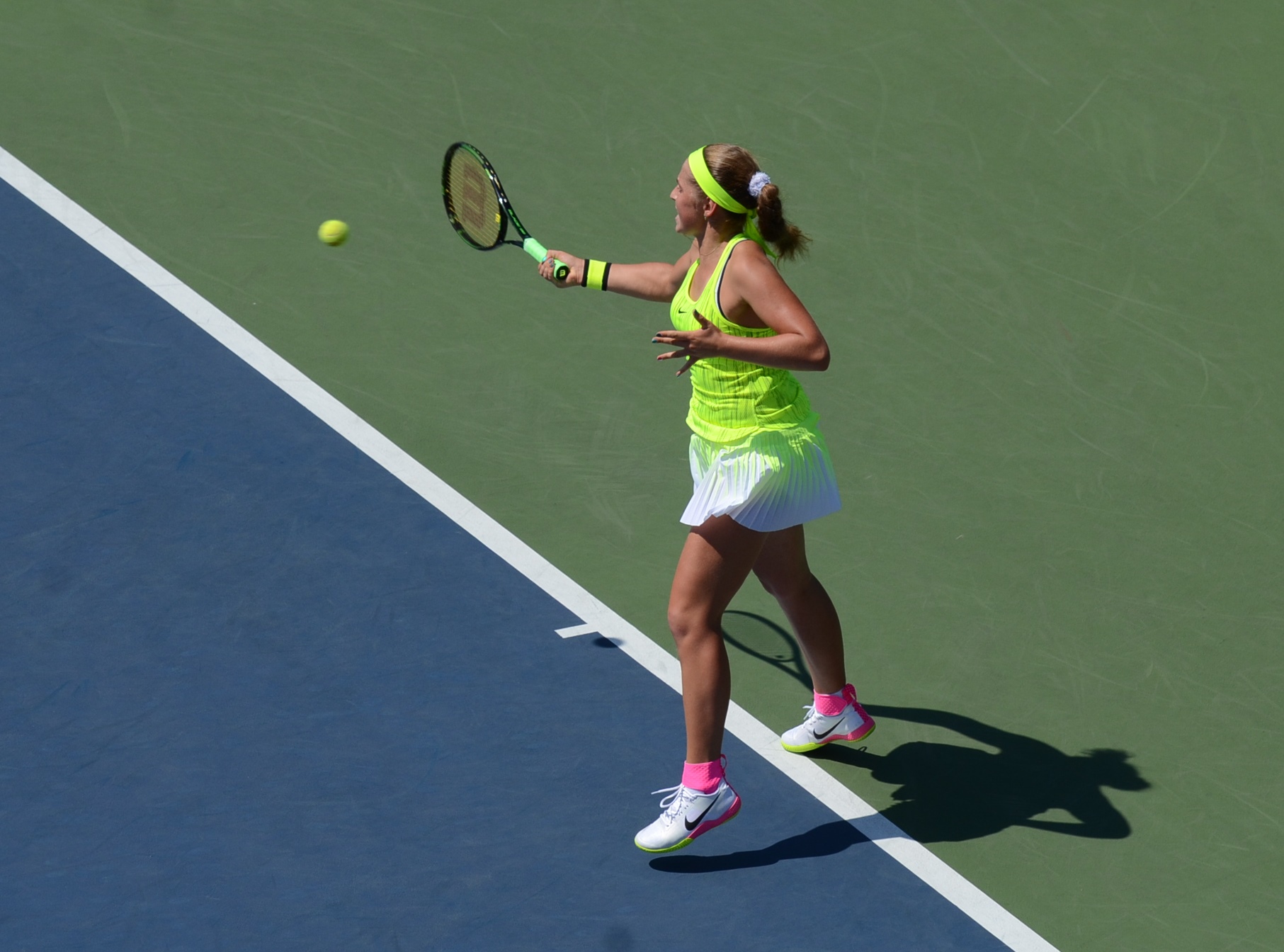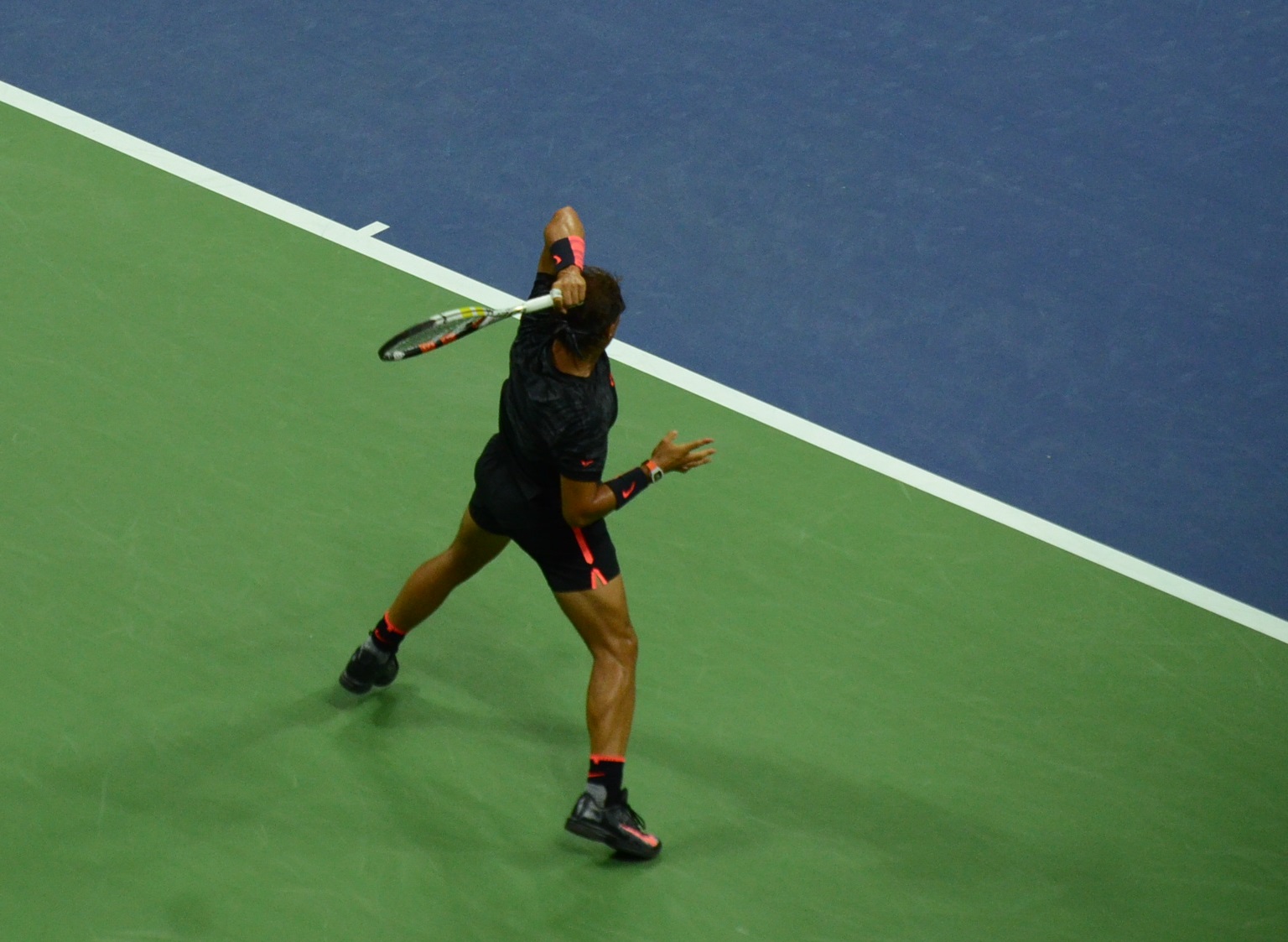
Xiyu Wang – Mistake-prone aggressive forehand
Wang has an almost ideal tennis body with long extremities. For her age, she has already quite highly developed tactical varieties and is well capable of an attacking all-court game, which she applied quite successfully also during her recent US Open campaign. Her overall tactical possibilities are then in my opinion slightly limited by certain technical weaknesses in her strokes. In this article, I would like to look at her forehand. Wang is playing her forehand in a very aggressive manner, but this stroke is prone to rather frequent mistakes, mainly due to the...
